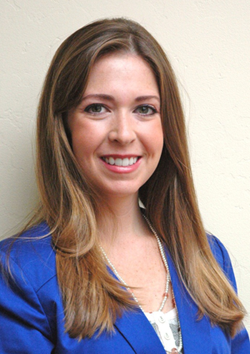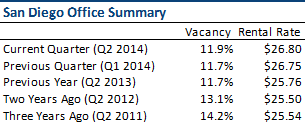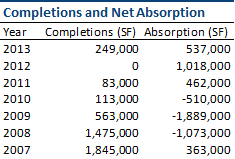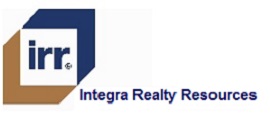Everything is about to change in the typical business office – — and soon. Look for the future to show up at your physical (or virtual) water cooler any day now. The innovations around how we work are moving at warp speed, and they seem to focus on the following three key elements.
Productivity & Asset Management
Companies everywhere are looking for ways to raise the productivity of their workers, without sacrificing the quality of the output or crippling their physical assets. JLL (Jones Lang LaSalle), who specializes in financial and professional commercial real estate services, calls their new approach to workforce productivity proworking. The concept is to match what the worker sees as an ideal environment and work mode with the goals of the company.
A number of organizations are adopting this idea in some form or fashion. Many offer telework part time or fulltime (made a no-brainer with the advent of the Internet and smart devices), cyber conferencing to minimize travel, and formal office hoteling.
When teleworkers perform work in the office, a computer system tells them which desks are available. Because no matter what the changes, collaboration is still important.
Technology
All of these changes will be shaped by technology, of course. Here’s a scenario painted in a recent video released by Bloomberg that gives a pretty startling view of tomorrow’s office. Click here to view the video.
After getting assigned a desk by the scheduling computer, the office worker logs into her department meeting via her avatar and starts her day by talking with a 3D holograph of her boss, who has just asked his robot assistant to bring him coffee. As the worker moves through her day, every app she uses and how long she uses it is tracked, along with her emails responses and their tone. This applies even if she is taking advantage of the company’s BYOD (bring your own device to work) policy. And her heart rate is monitored. She gets an electronic notification if she’s been sitting too long that tells her to get up and walk around. When she does, she runs into telepresence robots, remote-controlled, wheeled devices with a digital display screen enabling video screening, roaming the hallways.
Atmosphere
And wrapping it all together is an optimized work environment. According to The Business Insider, “Google’s office space is a great example. Its unique shared, open spaces are there to promote “accidental encounters,” but the company also has plenty of enclosed rooms structured for concentration and deep-thinking work.”
The list of “musts” for today’s ideal office atmosphere include: ergonomically correct chairs; green plants; good lighting; aromatherapy (yes, aromatherapy); great air quality; EMF (electromotive force) protection; the right colors; music; breaks; and well thought-out organization (think Feng Shui).
In line with enacting green initiatives, Meissner Jacquét Commercial Real Estate Services envisions a car-sharing program where its real estate managers have access to a corporate fleet of electric vehicles for use in property visits. Already Meissner Jacquét has oversaw the installation of electric vehicle charging stations at select retail centers under its management, “the movement towards energy management and sustainability practices coincides with establishing an optimized work environment,” said Tim Meissner, Principal of Meissner Jacquét.
What does this all mean for commercial real estate?
“There is a human-centric shift in worker enablement and corporations are now using this approach to improve their business performance,” said Bernice Boucher, Managing Director of JLL’s workplace strategy. “Proworking is a natural extension of co-working at the enterprise level, consistently providing professional and well-maintained work environments to mobile professionals by owners of real estate. Businesses need a way to overcome the barriers presented by traditional real estate models and achieve greater flexibility.”
Sources:
Businessinsider.com
Forbes.com
Bloomberg.com
 The NAIOP San Diego Developing Leader program was established in 2005 to provide a networking platform to enhance emerging careers for professionals aged 35 and under through education, mentorship, community involvement, and peer support in the commercial real estate industry. The program aims to establish leadership, develop programs and services, give back, outreach to local universities, and provide opportunities for giving.
The NAIOP San Diego Developing Leader program was established in 2005 to provide a networking platform to enhance emerging careers for professionals aged 35 and under through education, mentorship, community involvement, and peer support in the commercial real estate industry. The program aims to establish leadership, develop programs and services, give back, outreach to local universities, and provide opportunities for giving.




